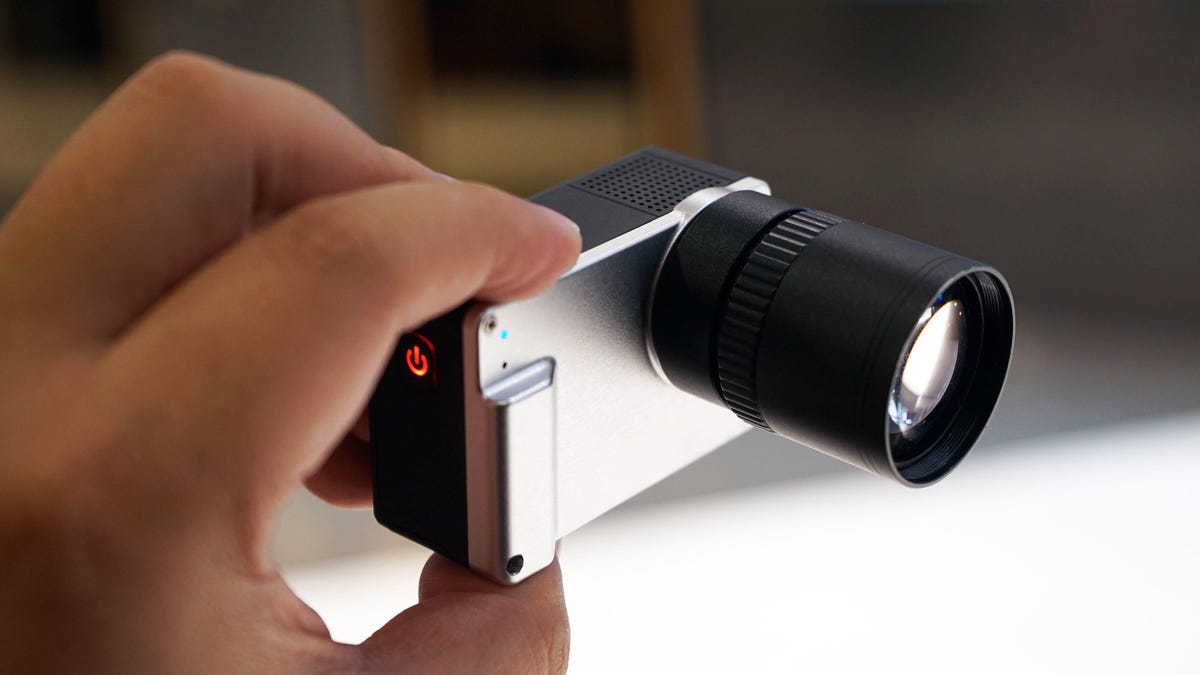The tiny Nano1 astronomy camera shoots for the stars
The makers behind the Tiny1 astronomy camera are back with an even smaller shooter.

The Nano1 is a super-small camera designed for astronomy in mind.
You may not need an expensive DSLR to shoot the stars, that is, if you get the upcoming Nano1 astronomy camera from Singapore-based startup TinyMOS.
The makers behind the pint-sized Tiny1 camera are back with a new version, and while three times smaller, it is still more than capable of shooting the stars. As with the previous Tiny1 shooter, the Nano1 also lets you have interchangeable lenses, so you can take advantage of your DSLR lenses with an adapter mount.
The Nano1 uses a Sony IMX377 imaging chip, the same found on gadgets such as the Xiaomi Yi 4K Action Camera and the DJI Mavic Pro , and TinyMOS has its own patented noise-reduction algorithms to make it work. There's also a phone app to help you find the stars when you're out shooting at night.
There's an onboard battery, but you can keep it running for longer night time-lapses using an external battery pack.
The tiny Nano1 camera placed next to the usual astronomy gear (see if you can spot it).
The Nano1 will come with its own set of lenses, with early bird prices starting at $389. The crowdfunding launch is expected to take place on Dec. 12 on Kickstarter. The company will also sell adapters for Nikon , Sony and Canon lenses, and you can get incredible zoom distances thanks to the Nano1's 5.5x crop factor.
As always, bear in mind that not all crowdfunded projects deliver on time (or at all), but this isn't TinyMOS' first rodeo, having already successfully delivered on the Tiny1. The company expects to ship all of its orders by May next year.
Check out the video below on time-lapse from a preproduction sample of the Nano1 (the noise reduction algorithm hasn't been applied to the video).

